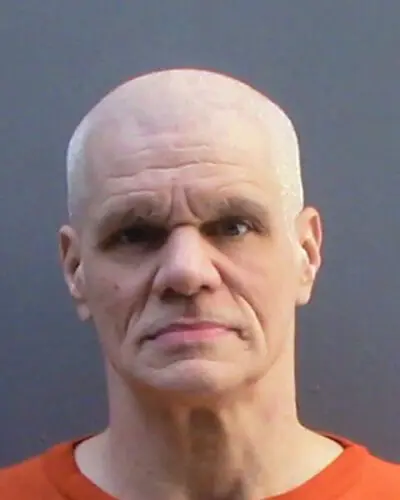Patrick Schroeder Nebraska Death Row
Patrick Schroeder was sentenced to death by the State of Nebraska for a prison murder. According to court documents Patrick Schroeder was already serving a life sentence for murder when he murdered his cell mate by strangulation. At his trial Patrick Schroeder would tell the judge if he was given another life sentence he would … Read more






